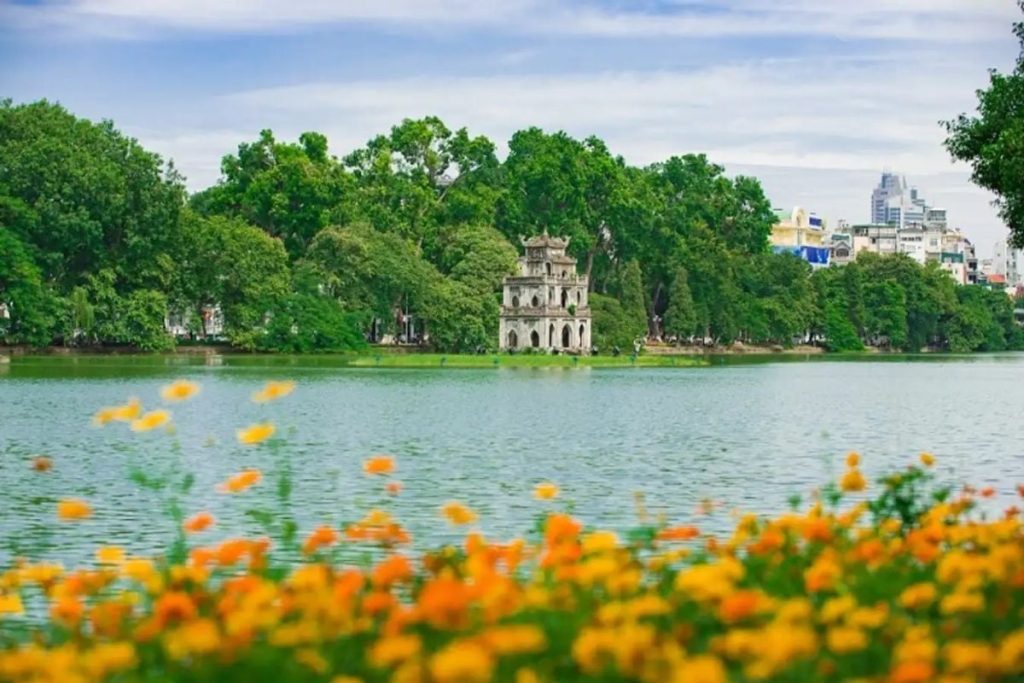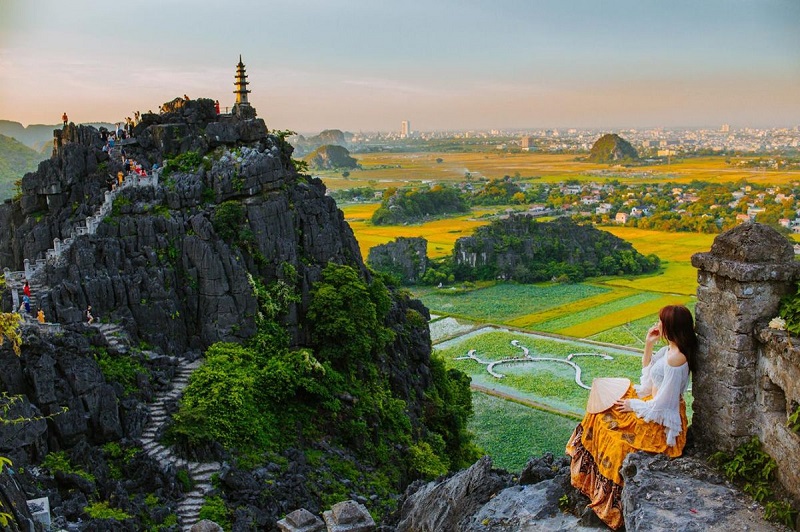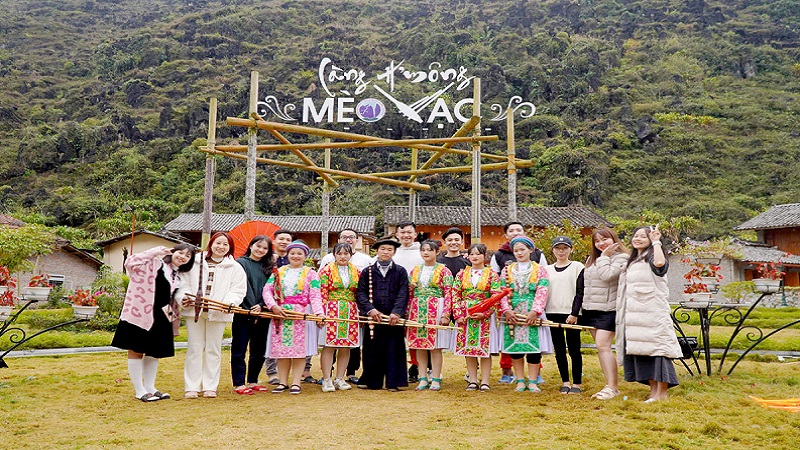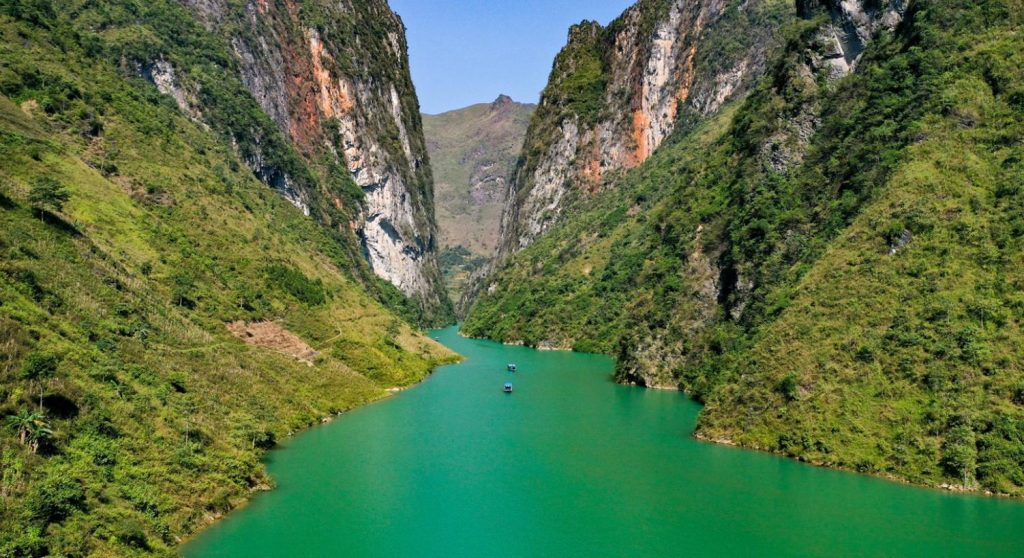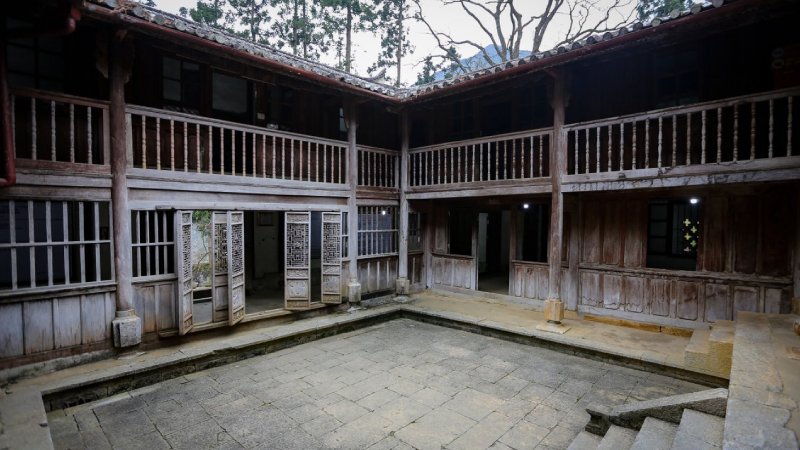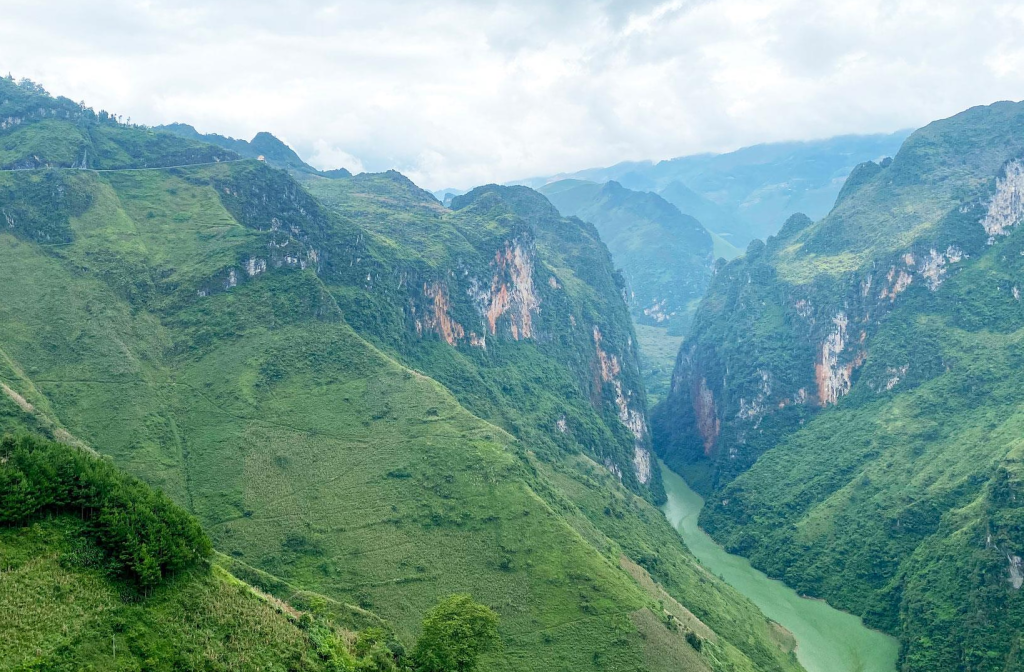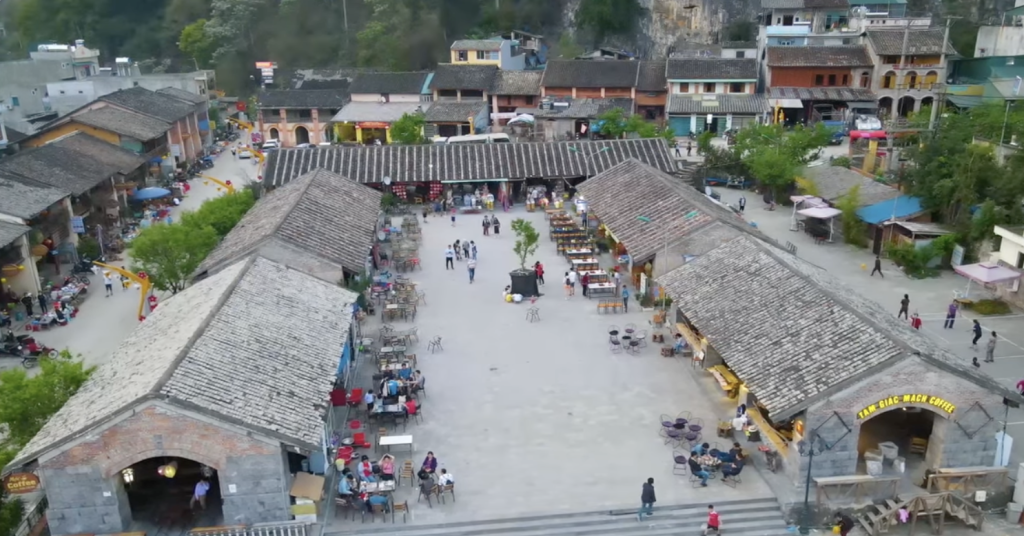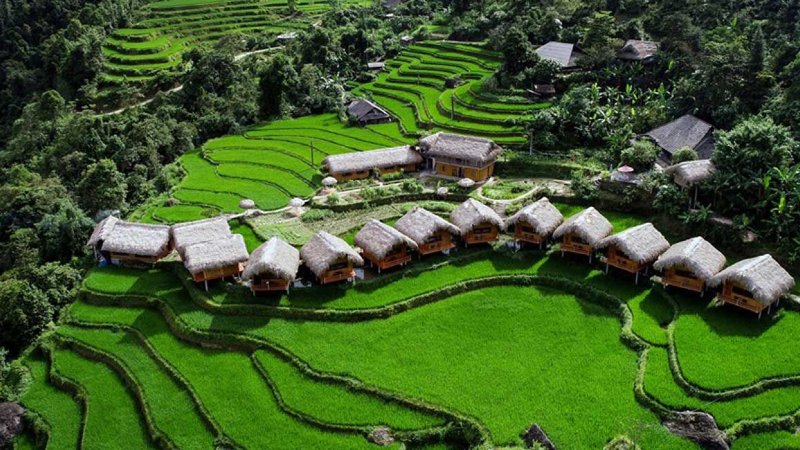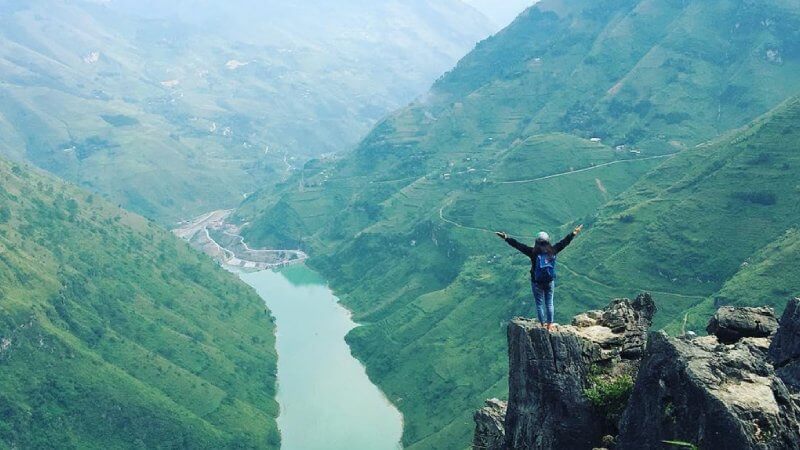Vietnam, a land rich in natural beauty and cultural heritage, is home to a remarkable collection of UNESCO World Heritage Sites. Each site tells a story of its unique past and reflects the diverse traditions of its people. This blog post explores the UNESCO heritage of Vietnam, showcasing the significance of these sites and offering insights into what makes them truly special.
I. Introduction to Vietnam’s UNESCO Heritage
The United Nations Educational, Scientific and Cultural Organization (UNESCO) recognizes sites of outstanding cultural or natural importance. Vietnam has proudly secured its place on this prestigious list with numerous sites that highlight its historical, architectural, and natural marvels. From the breathtaking landscapes of Ha Long Bay to the ancient town of Hoi An, the UNESCO heritage of Vietnam is a treasure trove waiting to be explored.
II. The List of UNESCO Heritage Sites in Vietnam
Vietnam currently boasts several UNESCO World Heritage Sites, each with its own charm and significance. Let’s delve deeper into some of the most notable sites:
1. Ha Long Bay: A Natural Wonder
Ha Long Bay, known for its emerald waters and thousands of towering limestone islands topped with rainforests, was designated a UNESCO World Heritage Site in 1994. The bay is not just a visual spectacle; it’s also steeped in legend and local folklore. Visitors can explore its caves, go kayaking, and even enjoy cruises that reveal the bay’s stunning beauty.
2. Ancient Town of Hoi An
The Ancient Town of Hoi An is a well-preserved example of a Southeast Asian trading port that thrived from the 15th to the 19th centuries. Recognized as a UNESCO World Heritage Site in 1999, Hoi An is characterized by its blend of different architectural styles, including Chinese, Japanese, and European influences. Walking through the town, you’ll find vibrant markets, ancient temples, and traditional wooden houses that transport you back in time.
3. My Son Sanctuary
Located in a lush valley, My Son Sanctuary is a complex of red brick Hindu temples built between the 4th and 14th centuries. Designated a UNESCO World Heritage Site in 1999, My Son showcases the remnants of the Champa civilization. The intricate carvings and unique architecture provide insight into the spiritual and cultural practices of the Champa people.
4. Complex of Hue Monuments
The Complex of Hue Monuments, recognized in 1993, is a UNESCO World Heritage Site that reflects Vietnam’s royal history. This complex includes the Imperial City, royal tombs, and pagodas, showcasing the architectural grandeur of the Nguyen Dynasty. Visitors can stroll through the ancient citadel, marvel at the intricate details, and learn about the emperors who once ruled from this magnificent city.
5. Phong Nha-Ke Bang National Park
Phong Nha-Ke Bang National Park, a UNESCO World Heritage Site since 2003, is famous for its stunning karst landscapes and extensive cave systems, including the world-renowned Son Doong Cave. This park is a paradise for adventure seekers, offering opportunities for trekking, caving, and exploring diverse ecosystems.
6. Trang An Landscape Complex
The Trang An Landscape Complex is recognized for its natural beauty and cultural significance. This UNESCO site includes a series of interdependent ecosystems and historical relics, including ancient temples and pagodas. A boat tour through its picturesque waterways is a must for visitors.
7. The Citadel of the Ho Dynasty
The Citadel of the Ho Dynasty is a UNESCO World Heritage Site that dates back to the 14th century. It features unique stone architecture that showcases the engineering prowess of the time. The citadel played a crucial role in the defense and governance of the region and remains a testament to Vietnam’s rich history.
III. Cultural significance of the UNESCO Heritage of Vietnam
The UNESCO heritage of Vietnam goes beyond mere tourist attractions; these sites are crucial for understanding the country’s cultural identity. They embody the traditions, values, and beliefs of the Vietnamese people. Here are a few aspects of their cultural significance:
1. Preservation of history
Each UNESCO site serves as a reminder of Vietnam’s past, preserving stories of ancient civilizations and dynasties. By visiting these sites, tourists can connect with the rich tapestry of Vietnam’s history and witness the evolution of its culture.
2. Promotion of sustainable tourism
The recognition of these sites encourages sustainable tourism practices, ensuring that future generations can enjoy them. Local communities often benefit from tourism revenue, which helps to maintain and restore heritage sites.
3. Cultural exchange
These sites attract visitors from around the globe, fostering cultural exchange and understanding. Tourists can engage with local traditions, cuisine, and art forms, enriching their travel experience and promoting mutual respect among cultures.
IV. Travel tips for exploring Vietnam’s UNESCO Heritage Sites
Visiting the UNESCO heritage of Vietnam can be a rewarding experience. Here are some tips to enhance your journey:
1. Plan Ahead
Research the sites you wish to visit and plan your itinerary accordingly. Some sites may require advanced booking, especially during peak tourist seasons.
2. Respect Local Customs
Each heritage site has its own set of cultural norms and practices. Be mindful of local customs, dress appropriately, and always ask for permission before taking photos of people or sacred spaces.
3. Support Local Businesses
Consider staying in locally-owned accommodations, dining at local restaurants, and purchasing handmade crafts from artisans. This not only supports the local economy but also enriches your travel experience.
4. Engage with Guides
Hiring local guides can enhance your understanding of the history and significance of each site. They can provide valuable insights and stories that you might miss on your own.
5. Leave No Trace
As a responsible traveler, always practice eco-friendly habits. Carry out all your trash, respect wildlife, and follow guidelines to minimize your impact on these precious sites.
Conclusion
Exploring the UNESCO heritage of Vietnam is an invitation to journey through time, discovering the profound beauty and rich history of this incredible country. Each site offers a unique glimpse into Vietnam’s soul, from its stunning landscapes to its ancient architecture. As you travel through Vietnam, embrace the opportunity to learn, appreciate, and respect its cultural heritage.
Whether you’re wandering through the ancient streets of Hoi An, marveling at the limestone cliffs of Ha Long Bay, or exploring the historical significance of My Son, the experience will undoubtedly leave you with lasting memories. Plan your visit, engage with the local culture, and witness firsthand the magic that makes Vietnam’s UNESCO sites so exceptional.
By the way, a new beautiful place called Ha Giang loop which is very interesting, check this out: https://www.getyourguide.com/hanoi-l205/from-hanoi-3-day-ha-giang-loop-small-group-t739208
For Lan Ha Bay & Halong Bay trip, check this out: https://www.getyourguide.com/ha-long-l119790/from-ha-noi-2-day-lan-ha-ha-long-bay-5star-with-balcony-t739040/
Or https://www.tripadvisor.com/AttractionProductReview-g3737857-d28097153-Lan_Ha_Bay_Ha_Long_Bay_5_Stars_Private_balcony_2_days_trip-Tuan_Chau_Island_Halon.html

